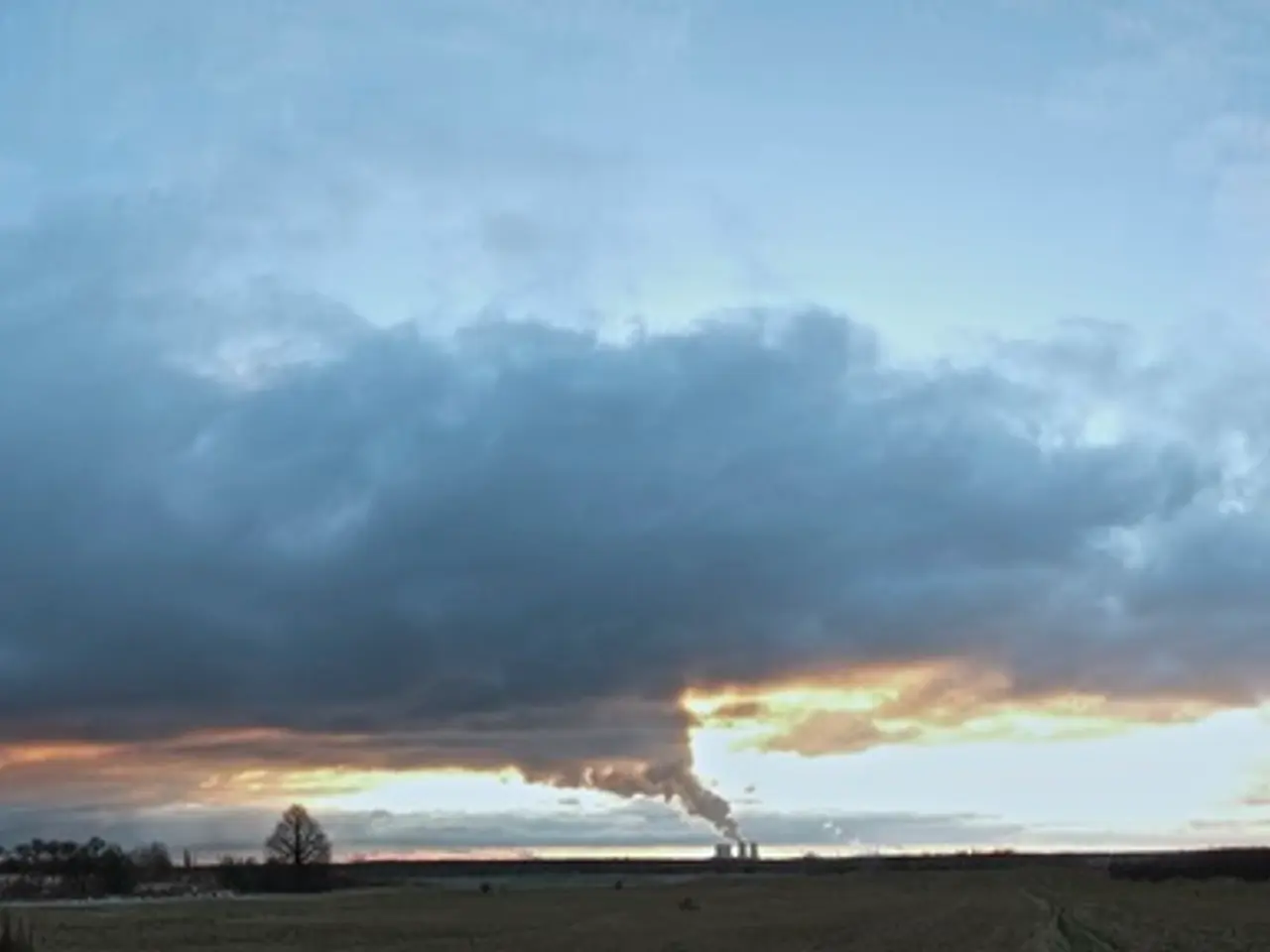The mysteries unveiled: Why this past summer's extraordinary weather episodes set new benchmarks.
The summer of 2022 has been marked by a series of extreme weather events across the globe, with scientists attributing their occurrence primarily to climate change and the human-induced climate crisis.
India experienced its hottest March since records began, with temperatures exceeding 40°C. The country's average maximum temperatures climbed to their highest in 122 years in April, leading to massive fires, destroyed wheat crops, and increased domestic energy demand. In Jacobabad, a city in Pakistan, temperatures reached record highs, making it the hottest April on record.
Pakistan became the epicentre of "the climate catastrophe of the decade" in late August, with floods claiming thousands of lives. Northeast India and low-lying parts of Bangladesh also experienced some of the worst floods in more than a century in late June.
California, a fire-prone state, experienced a devastating wildfire in Yosemite National Park, marking the beginning of an early wildfire season. Europe dealt with exceptionally high temperatures, with Spain and Portugal experiencing particularly acute forest fires. Rivers from the Po in Italy to the Rhine in Germany dried up due to high temperatures and a lack of precipitation.
Climate change is a key factor behind the strong and early rains that nations around the world are experiencing. Monsoon patterns have shifted in recent decades, becoming not only stronger but also more difficult to predict. The western and southern US typically experience warmer and drier temperatures due to La Niña, leading to optimal drought conditions. However, this weather phenomenon is also associated with more rainfall and cloudiness in Australia. In October 2022, Australia was hit by severe flooding sparked by a third consecutive La Niña weather event.
Ocean warming accounts for more than one-third of global-mean sea level rise through thermal expansion. The Arctic experienced unprecedented heating this summer, with temperatures above average in September, leading to ice melt that reached a record high. The largest melt event in terms of mass to occur in September in nearly four decades took place.
Global warming is warming Northern regions nearly four times faster than the rest of the planet. This is evident in the unprecedented heating experienced in the Arctic. The heatwaves and wildfires led to some of the worst drought conditions in world's history.
Asia has experienced an increase in temperatures by at least 0.5°C since the 1970s due to global warming. China's longest heatwave since full records began in 1961 drained the Yangtze river, sparking energy rationing in the Sichuan region. Nearly half of Europe was under warning conditions for its worst drought in at least 500 years in August.
The 2022 droughts in the Northern Hemisphere were made "20 times more likely" by climate change. The article attributes the occurrence of these extreme weather events to the human-induced climate crisis, which has led to more frequent and intense events like heavy rainfall and heatwaves.
As we approach COP27 next month, governments must take steps to update their Nationally Determined Contributions (NDC) to stall global warming. The stakes are high, and the evidence is clear: climate change is here, and it is causing extreme weather events around the world.








